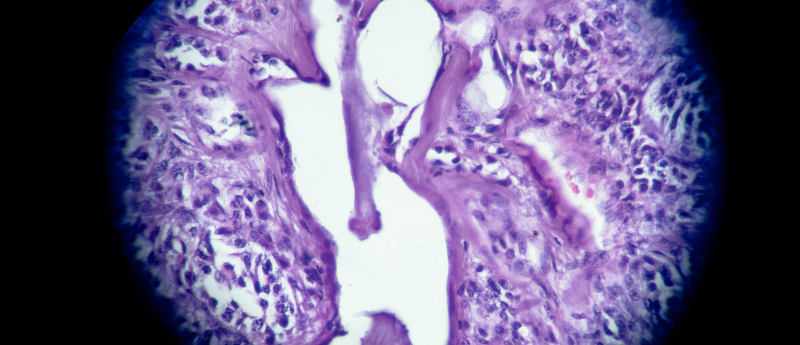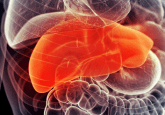Exploration of machine learning techniques to examine the journey to neuroendocrine tumor diagnosis with real-world data

Future Oncology, our partnered journal, has recently published a Research Article exploring the use of a machine learning algorithm for neuroendocrine tumor diagnosis. This algorithm uses real-world data to form clinical pathways that can be used to more quickly diagnose patients with rare diseases or those that are difficult to characterize, such as neuroendocrine tumors.
Abstract
Aim: Machine learning reveals pathways to neuroendocrine tumor (NET) diagnosis. Patients & methods: Patients with NET and age-/gender-matched non-NET controls were retrospectively selected from MarketScan claims. Predictors (e.g., procedures, symptoms, conditions for which NET is misdiagnosed) were examined during a 5-year pre-period to understand presence of and time to NET diagnosis using conditional inference trees. Results: Among 3460 patients with NET, 70% had a prior misdiagnosis. 10,370 controls were included. Decision trees revealed combinations of factors associated with a high probability of being a patient with NET (e.g., abdominal pain, an endoscopic/biopsy procedure, vomiting) or longer times to diagnosis (e.g., asthma diagnosis with visits to >6 providers). Conclusion: Decision trees provided a unique examination of the journey to NET diagnosis.
Lay abstract
We present the novel analytic approach of machine learning using real-world data to describe patient pathways to neuroendocrine tumor (NET) diagnosis. Due to the rarity and presentation of the disease, NET diagnosis is commonly inaccurate and delayed. We aimed to demonstrate the potential of analytics using conditional inference trees. Decision trees revealed specific combinations of characteristics associated with a high probability of being a patient with NET (e.g., abdominal pain, an endoscopic/biopsy procedure, vomiting) or longer times to diagnosis (e.g., asthma diagnosis with visits to >6 providers). Results from this study support prior literature and add advanced analyses that take initial steps toward developing tools aimed to help clinicians with early and accurate NET diagnosis. The methodology can be improved upon and translated to other diseases.





